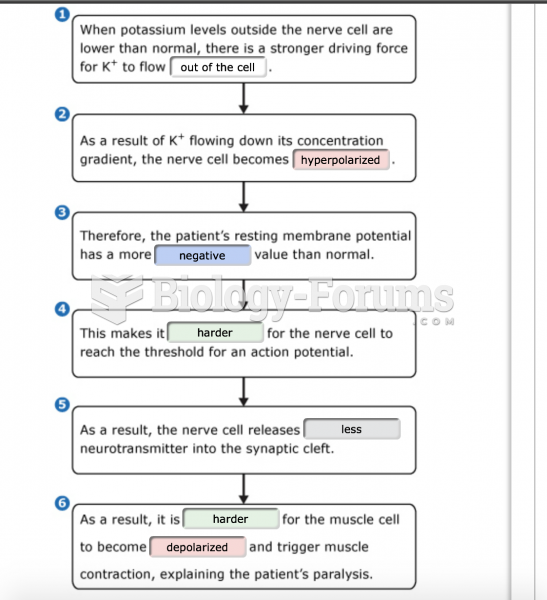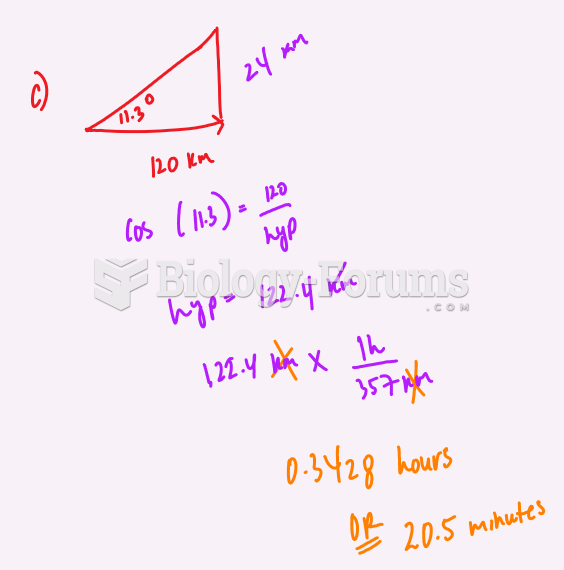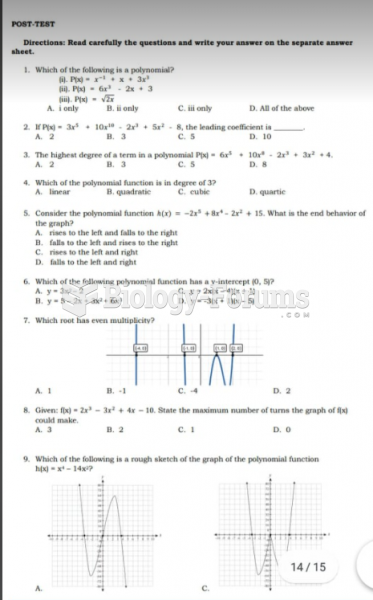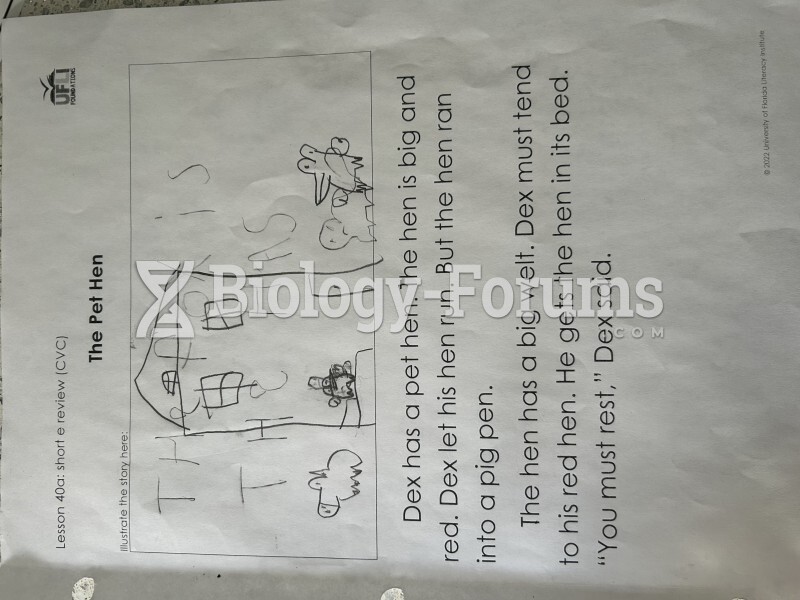After reading the chapter in the text, Marisa then writes an answer to each of the questions that are in the margins of the book. After writing her answer, she looks at the feedback in the student supplement. Her friend Helen also reads the text. She then reads the questions in the margins and then looks at the feedback in the student supplement. Marisa consistently scores higher on the tests and quizzes. Of the following, based on what we know about making information meaningful, which is the best explanation for why Marisa scores higher than does Helen?
a. Marisa's perception of the questions is more accurate than is Helen's.
b. By writing the answers, Marisa puts herself in a more cognitively active role than does Helen.
c. Marisa attends to the questions better than does Helen.
d. Marisa avoids overloading working memory more effectively than does Helen.
Question 2
Katrina, a second grader, believes that 1/4 is a larger quantity than 1/3, and you believe it is probably because 4 is larger than 3 . Of the following, which is the most effective way to help her eliminate this misconception?
a. Explain that the numbers are in the denominator, and when numbers are in denominators, larger numbers represent smaller quantities.
b. Ask her to provide as complete an explanation as possible for why she thinks 1/4 is a larger quantity than 1/3
c. Write 1/3 and 1/4 on the board, and explain that the 1/3 means the quantity is one third of a larger quantity and the 1/4 is one fourth of a larger quantity, so the one fourth must be smaller.
d. Fold a piece of paper into fourths and another identical piece of paper into thirds, and show her that the 1/3 is larger than the 1/4







